This blog series is about our "Back to the Soil" project, in which we investigate whether several organic waste streams can be used as soil improvers in arable farming and how this can be legally implemented. In this second blog post, we explain how this project came about and what it entails. Below, you'll find an overview of all the blog posts in this series.
At Rotterzwam, we believe in a society that closes cycles, maximizes the use of raw materials, and consumes more plant-based than animal proteins. Only 0.2% of the coffee bean ends up in the coffee itself. The rest remains as coffee grounds. This is a valuable organic material that should, of course, be utilized as effectively as possible.
That's why Rotterzwam has been growing oyster mushrooms on coffee grounds since 2013. We turn "waste" into delicious mushrooms and snacks. Oyster mushroom farms using coffee grounds are popping up in more and more cities. Fantastic, because the more coffee grounds can be saved from incineration, the better. But... in Rotterdam alone, more than 10 million kilos of coffee grounds are generated annually. Our new farm can process up to 96,000 kilos per year. It feels like a lot to us, but that still leaves 9.9 million coffee grounds. A large-scale solution for the coffee grounds would be very welcome.

At a meeting of the South Holland Food Families, we spoke with arable farmer Arnout den Ouden. He explained that there's a great need for high-quality organic mono-streams with a high organic matter content but without plastic pollution. Soil organic matter levels are declining, and this is becoming increasingly problematic in agriculture.
One plus one equals two: on the one hand, there are organic streams available that are incinerated with the residual waste, and on the other, there's a shortage of these same organic streams. This is reason enough to explore the application of coffee grounds and spent coffee substrate (the residual product from Rotterzwam's oyster mushroom farm) and straw substrate (the residual product from conventional oyster mushroom cultivation) on the soil.
With a subsidy from the province of South Holland and the European Union (through the POP3 scheme), we can investigate the effect of these three organic waste streams on the soil and, if this effect is positive, ensure that these waste streams are no longer considered waste.
How do we do this in practice? Wageningen University & Research (WUR) first conducted a pot trial in which a green manure was sown in pots fertilized with cow manure (control group), coffee grounds, coffee substrate, or straw substrate. Measurements were then taken in both the soil and the green manure. The results were positive enough to give our arable farmer Arnout the confidence to continue the experiment on his land.
In the summer of 2019 and 2020, we therefore applied various residual flows to several test fields. A green manure, onions (2019), and winter wheat (2020) were then sown on these fields. Throughout these years, we will be taking measurements (environmental and agricultural value) of the residual flows, the soil, the crops, and the groundwater. These measurements will be analyzed by the Louis Bolk Institute. We will share the results in this blog series at the end of 2021.
Curious what this looks like in practice? Check out updates 1, 2, and 3.
Our partners
Changing waste regulations isn't something you do alone. On this project, we're working closely with Maatschap den Ouden [an arable farmer from Voorne-Putten], Wageningen University & Research, and the Louis Bolk Institute. We're able to carry out this project with financial support from the Province of South Holland and the European Union.
It requires a lot of research, measurements, and time. And that costs money. We had to pay part of it out of our own pocket. That's why we're very grateful for the support of our "Enabling Partners": the Municipality of Rotterdam, Triodos Foundation, and Sylvan Inc.
Want to know more? This series consists of 11 blogs in which we tell you all about the project. Click and read more:
- Intro: Back to the Soil blog series
- Back to the Bottom: The Plan
- Residual flows on the soil: why?
- From plan to experiment: the legal waste stream soap
- Waste legislation: what is waste?
- Organic waste flows on the soil: what are the legal implications?
- Update 1: Pot trials, waste stream collection & spreading
- Update 2: Back to the bottom
- Residual flows on the soil: the research results
- Residual flows on the soil: the impact
- Residual flows on the soil: the next steps

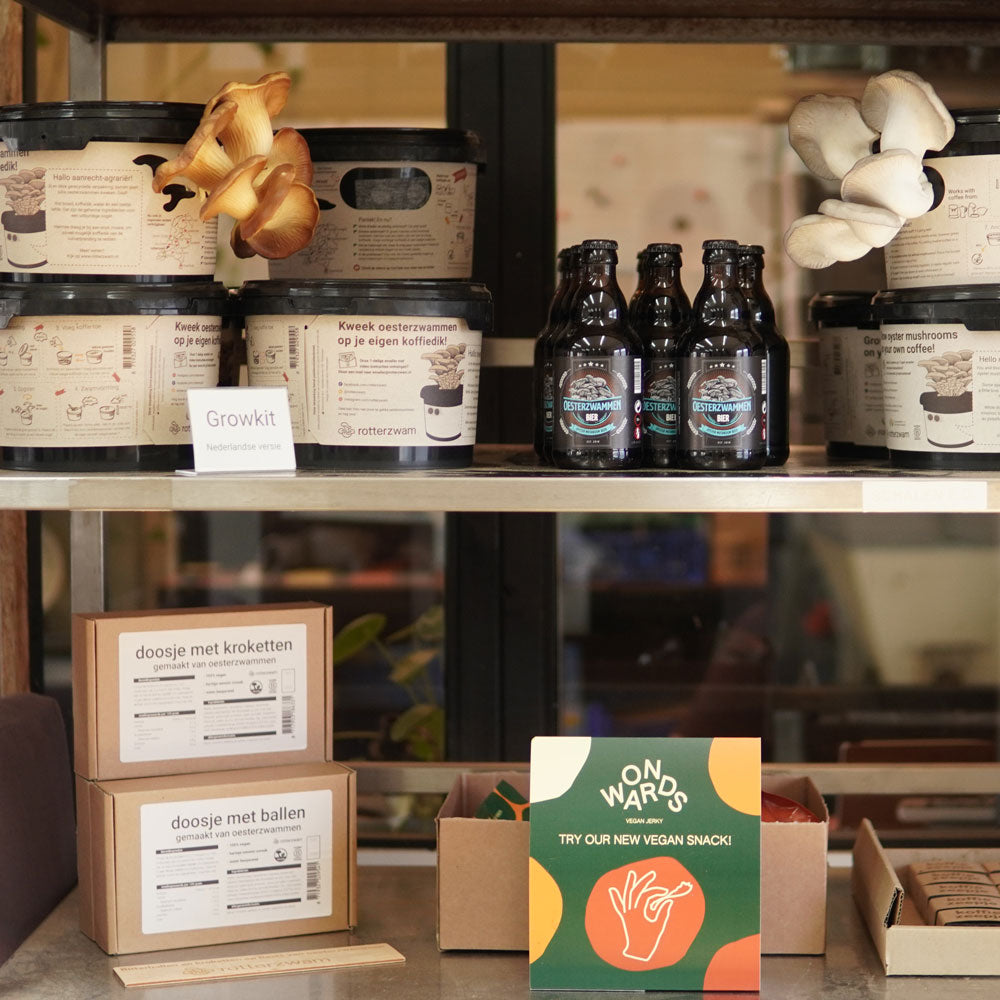
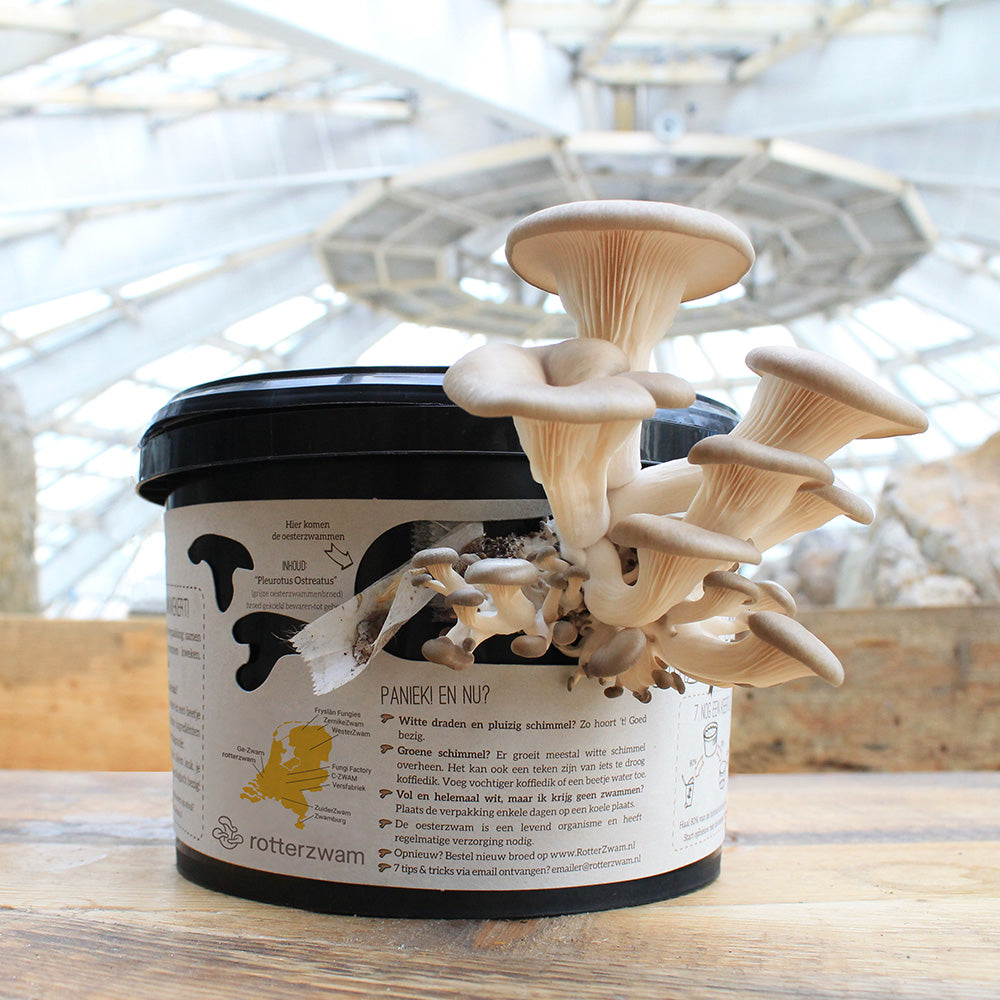
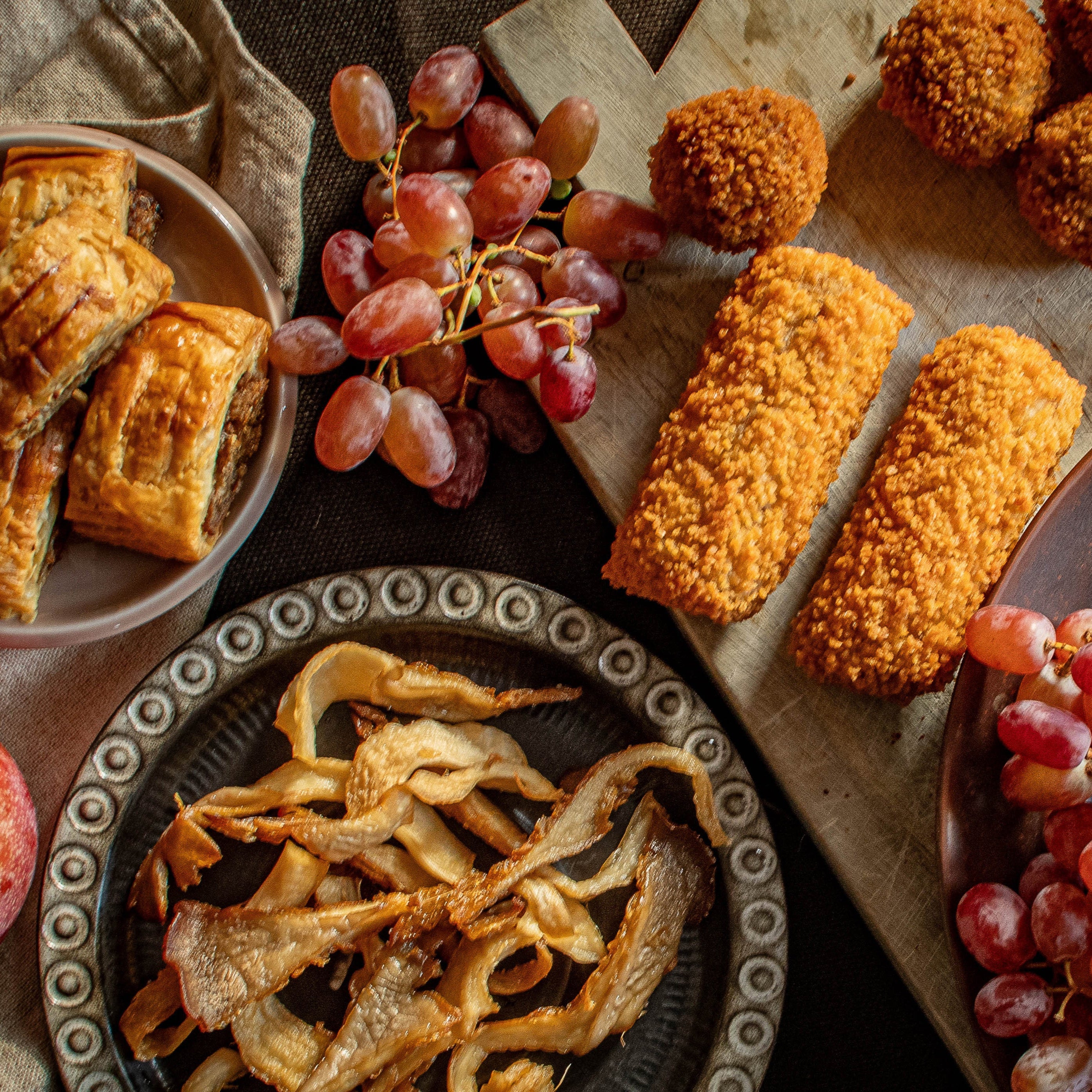
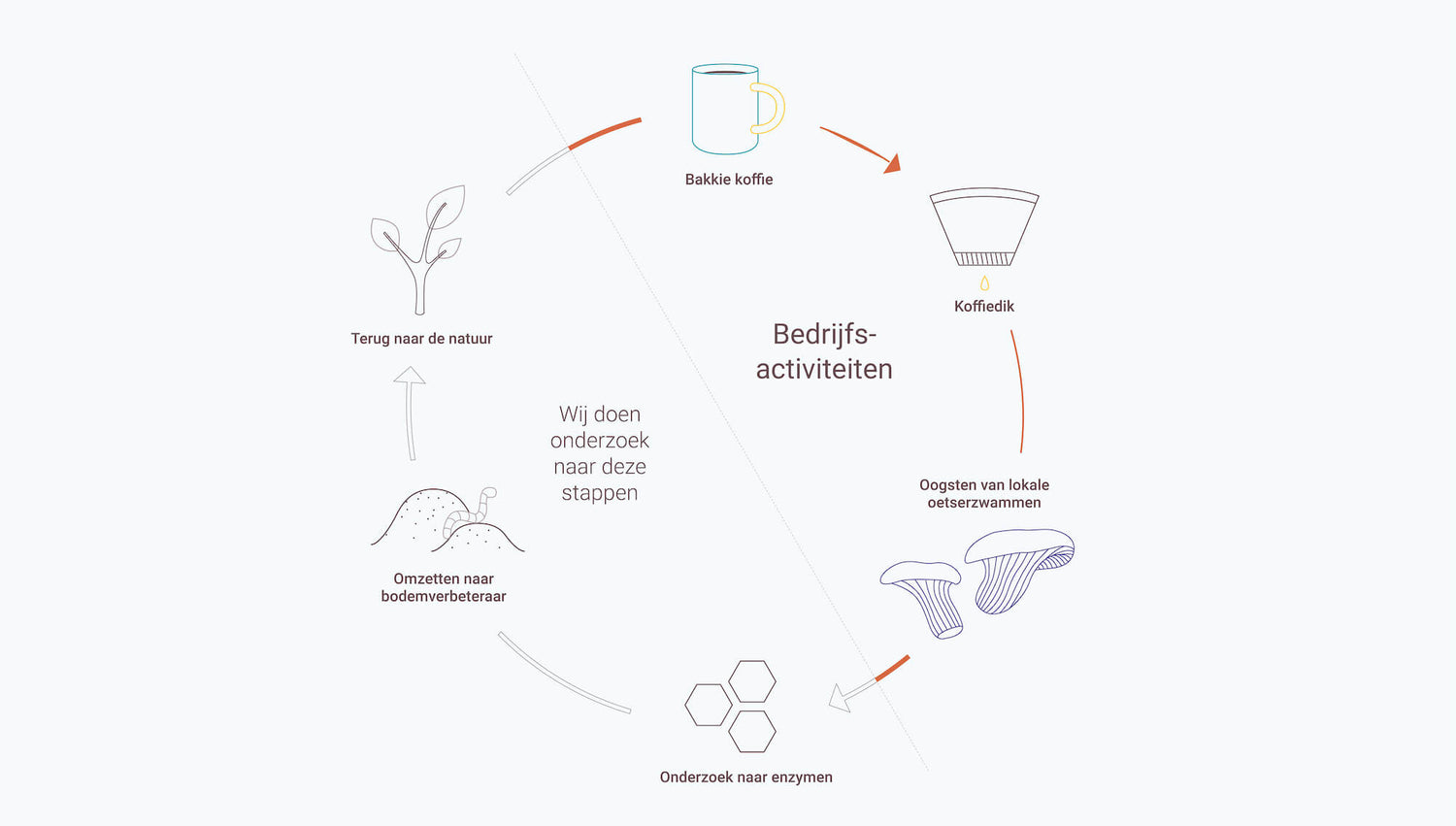
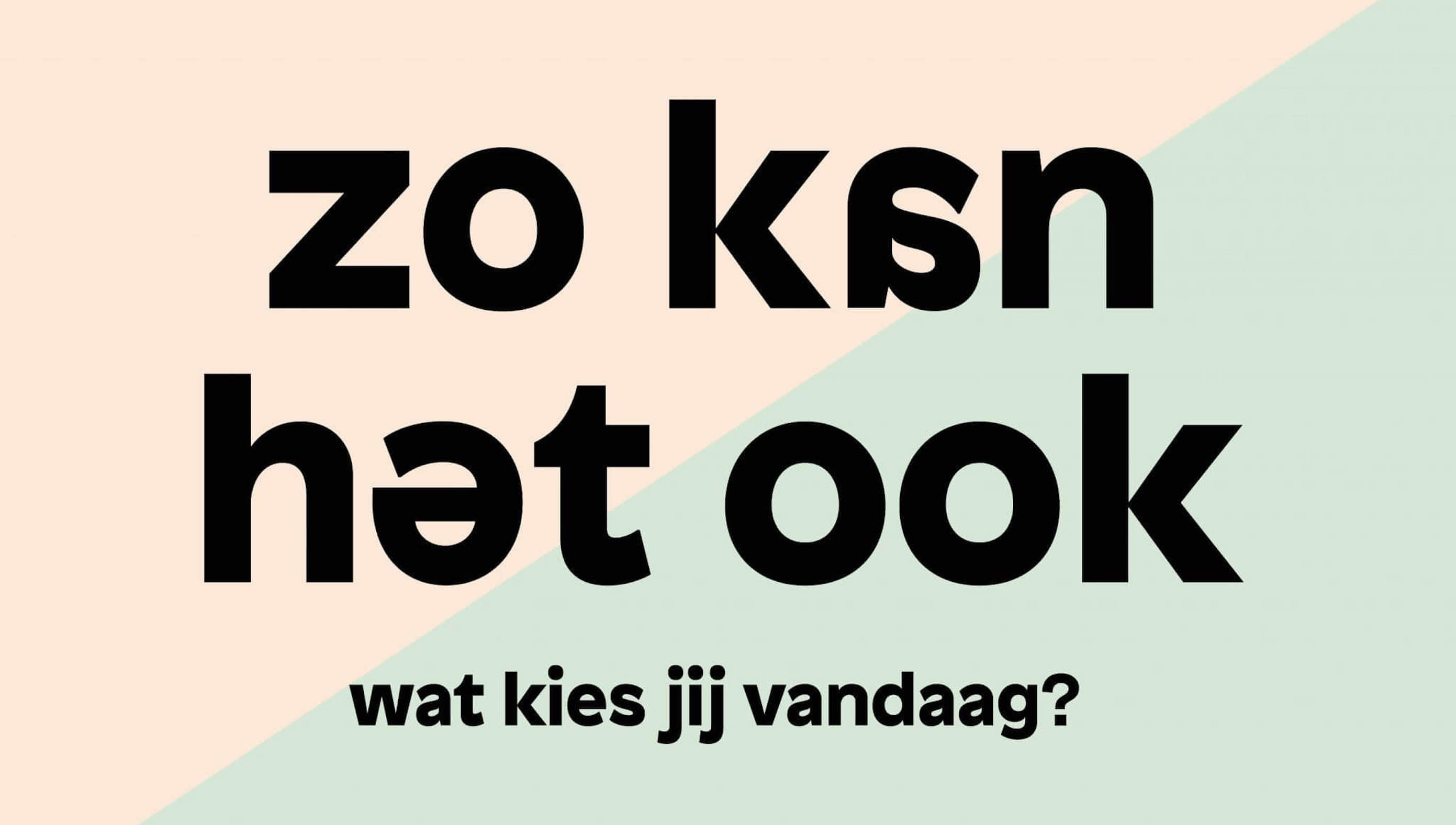
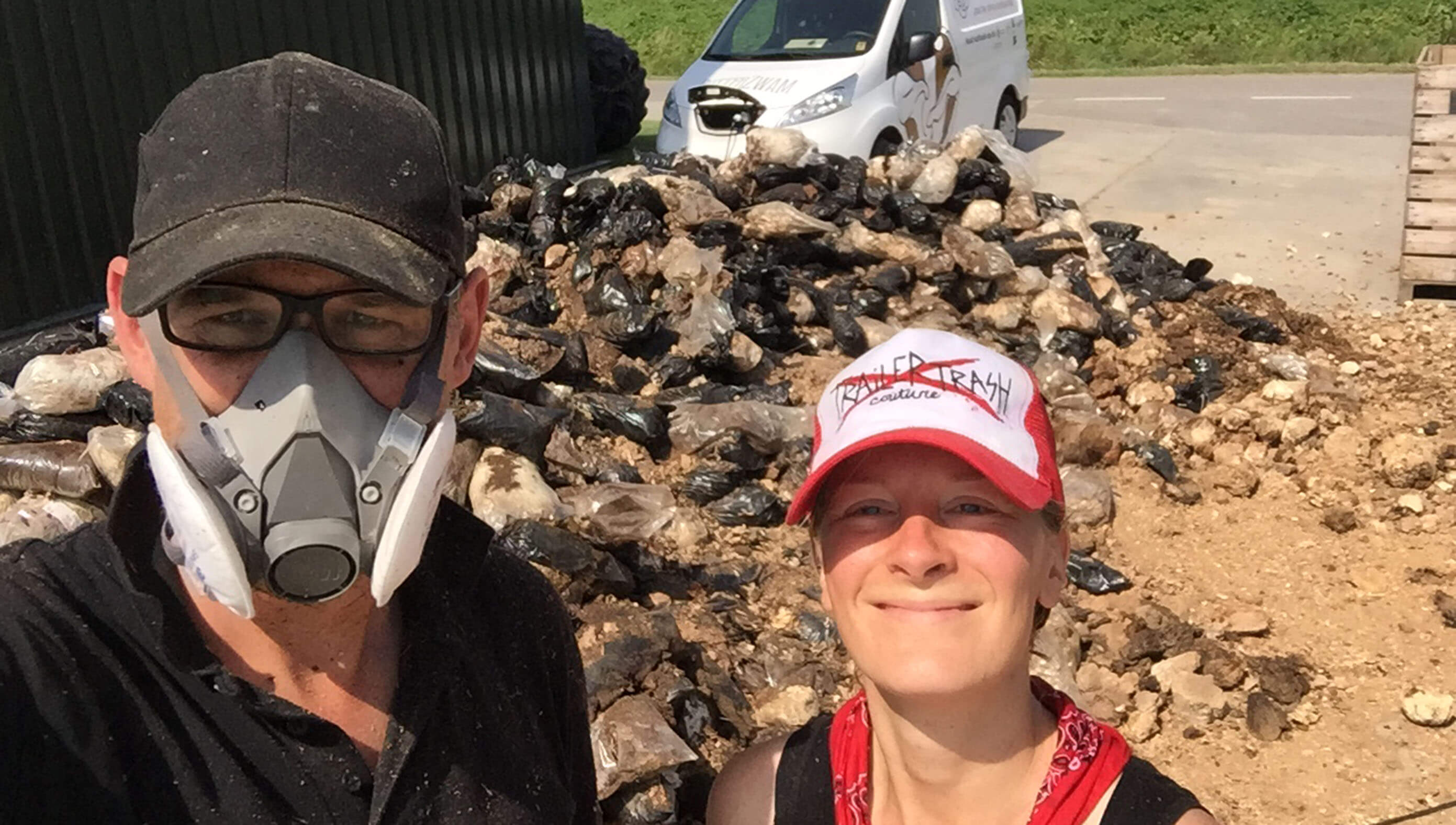
Leave a comment
All comments are moderated before being published.
This site is protected by hCaptcha and the hCaptcha Privacy Policy and Terms of Service apply.